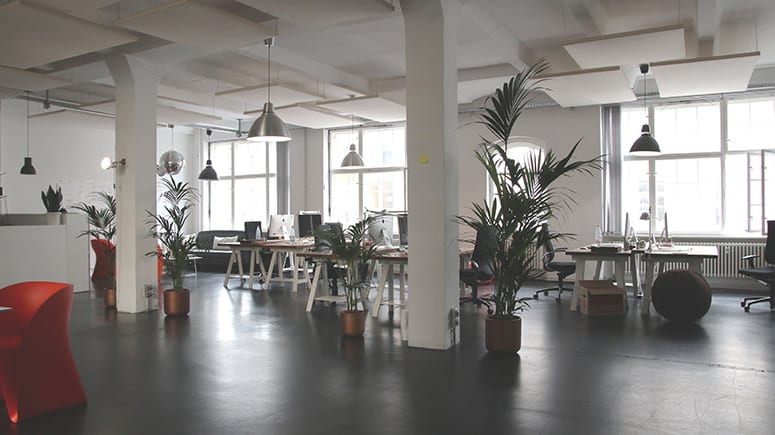
Workspaces are where people get work done. It seems like such an obvious statement, until you probe deeper and realize that calling something a workspace doesn’t guarantee work will get done in any capacity. You can put a computer in a broom closet and call it a workspace… but it’s highly unlikely someone will do productive work there. There’s a correlation between workspace and productivity, where the quality of the former affects the latter.
Many businesses may lack enough workspaces, but aren’t always looking at the other variables that define them. To encourage the best workplace productivity from employees, you need to build out workspaces conducive to how they work. Here are eight driving factors that connect workspace to productivity.
- Workspace type: Is this a workspace conducive to the type of work someone will do in it? For example, if there’s group work involved, the space needs to accommodate multiple people. Likewise, you don’t want to provide a quiet workspace when their task involves constant collaboration. Workspace type needs to match work type.
- Workspace availability: Without the right ratio of workspaces to employees, you risk leaving someone to fend for themselves in a space that’s not right for them. Consider the utilization rates of particular space types and create a system of order for controlling movement into and out of them. Order leads to availability, helping workers access the spaces they need to be productive.
- Atmosphere: Workspace design and productivity go hand in hand. Drab, gray walls, sound-deadening cubicles, and the constant buzz of a fluorescent light don’t inspire productivity. Create an atmosphere that’s stimulating and engaging—one that makes people want to interact with the workplace around them. Art on the walls, color accents, and floor plants breathe life into the space and motivation into the person occupying it.
- Culture: Happy people and upbeat attitudes are infectious, and that positivity impacts the workplace environment. If the workplace is a pleasant place, employees will be more inclined to do their best work. Consider the alternative—a place that drags down morale and encourages people to leave. A positive culture not only helps people enjoy the productive work they do, it reduces turnover and inspires innovation – plus fun offices increases workplace productivity.
- Amenities: Provide the amenities employees need and want and you’ll enable productivity. A cafe is a great place to start the day. An experiential space is perfect for kicking back and collaborating with peers. Workplace amenities don’t always directly impact productivity, but instead serve to encourage it organically.
- Comfort: Comfort plays a big role in productivity, and in workspace design. If someone can’t get comfortable at work, they’ll have a hard time focusing on the tasks in front of them. Introduce comfort and you’ll open the path to productivity. A comfy chair, natural lighting, calming design, and a generally harmonious workplace make it easy to settle in and get to work.
- Density: Imagine trying to work while simultaneously bumping elbows with people on both sides of you. If your employees are on top of each other, they’ll never be able to get any work done. Make sure people have space to be productive. It means paying attention to workplace density and space allocation, and organizing workspaces in ways that optimize utilization without sacrificing comfort.
- Accessibility: Can employees easily find, navigate to, and use your various workspaces? If not, utilization will fall alongside productivity. Space planners need to organize the workplace so that each individual workspace is accessible by anyone who wants to use it. Workspaces themselves also need to echo this accessibility by providing accommodations for all occupants.
It’s not always easy to build a workspace that hits on all these variables. The goal is to create workspaces employees want to work in. Use office layout software to handle the spatial demands. Then, pay attention to key design elements as you create workspaces. Ask if it’s a space that invites people in and encourages them to do their best work or if it’s one that might hinder productivity.
Keep reading: 8 Apps for Remote Workers Productivity and Success


